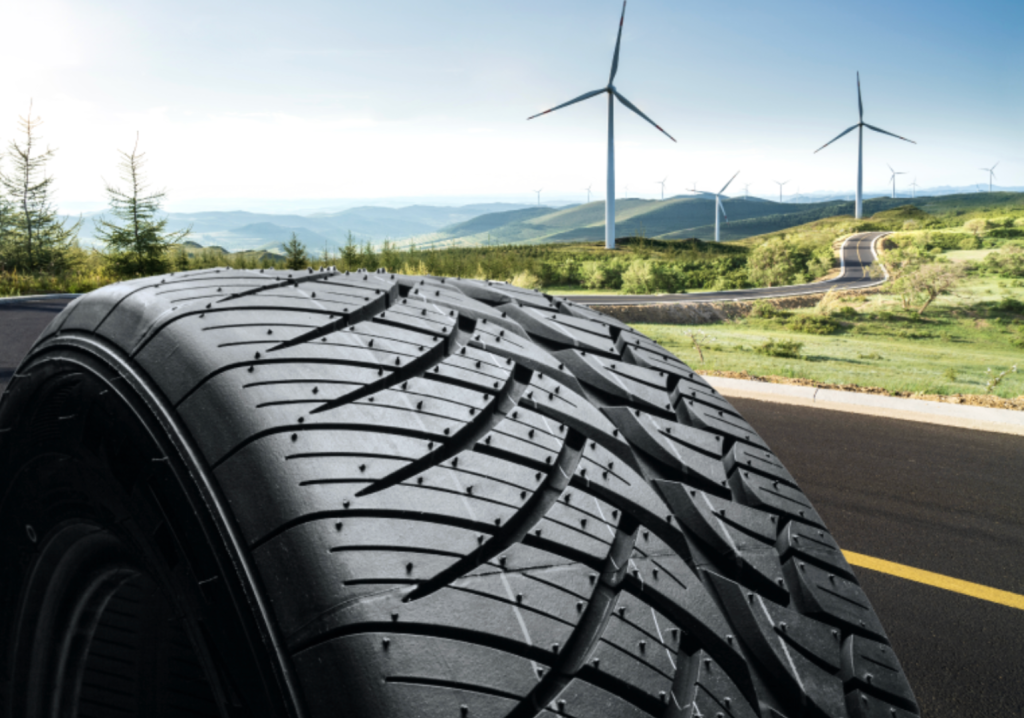Tyres make the world go round, but their path to sustainability is far from clear.
From cars to buses, aeroplanes to mobile plants, tyres literally keep the world moving.
And that importance is reflected in the sheer volume of them we manufacture – more than two billion a year. Stacked on their sides, they would reach past the moon.
Modern tyres can be a mix of dozens of compounds, but the primary ones are natural rubber and synthetic polymers. The amount of raw material required means there are significant environmental harms.
More than four million hectares of tropical forests have been lost to rubber plantations since 1993, while the average car tyres consumes about 31 L of crude oil in its production, accounting for almost half a billion barrels a year.
Read more about how Professor Veena Sahajwalla HonFIEAust is using tyres to boost green steel production.
But large environmental harms also come from tyre use, with passenger car tyres shedding vast amounts of wear particles, an estimated one trillion ultrafine particles per kilometre driven.
Globally, this equates to more than six million t a year, up to 10 per cent of all ocean microplastic pollution and seven per cent of all particulate matter air pollution.
And the need for cleaning up tyres is only getting more vital. While the rise of electric vehicles means good news for tailpipe emissions, the opposite is true for tyre wear pollution.
Because of their heavier weight and greater torque, EVs wear through tyres up to 30 per cent faster than traditional vehicles.

Featuring infographic design by Nina Armitage and Heath Dunn.
Explore more ways of furthering decarbonisation at Engineers Australia’s Climate Smart Engineering 2024 conference in November.
